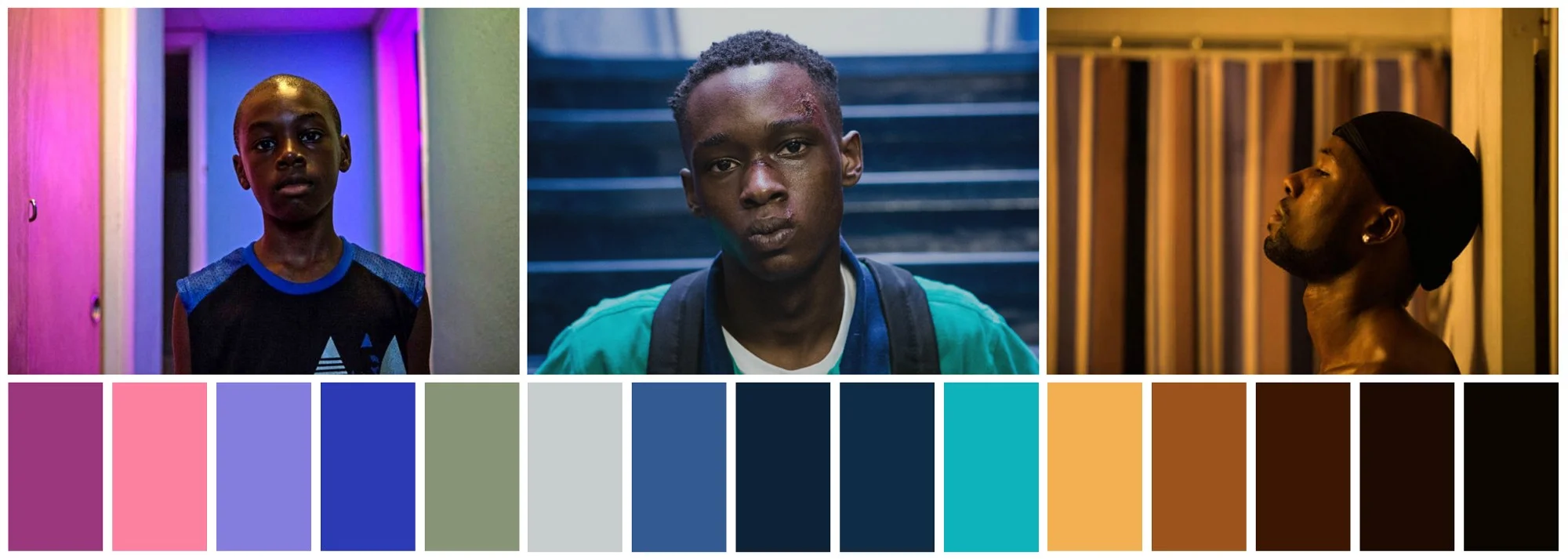An essay exploring the influence of New Wave French cinema on the 2017 "Best Picture" Oscar winner "Moonlight" (directed by Barry Jenkins), particualrly the similarities between "Moonlight" and Jean-Luc Goddard's 1965 crime drama "Pierrot le Fou".
I can't help to not regret watching Moonlight until after it's "Best Picture" win at the 2017 Academy Awards, in cause of this it allowed me to learn that Barry Jenkins was heavily influenced by French New Wave cinema. So as I watched Moonlight I couldn't help but notice the similarities between it and Pierrot le Fou, one of the quintessential films during that period of French cinema, directed by the one and only Jean-Luc Goddard.
The format in which Moonlight is told already sets it apart from most coming-of-age films made today. There is no continuous plot focusing on just one age in life, particularly the age of teen-hood so commonly seen and associated with films central themes being that of realization of self. Instead what Moonlight so refreshingly does is split the movie into three parts to make up and individual's whole journey rather than the sole focus being on the teenage years. This chronological choice on Jenkins behalf is a heavy reminder of Goddard's decision of showing "Pierrot's" (the somewhat ironically nicknamed main character) life crisis in different moments with no set plot guiding his actions. The separation of Moonlight into three parts seems a small but vastly important point in aiding in it's non-conforming American cinematic storytelling style and showing the influence of French New Wave cinema on the film.
A similarity between the varying colors used in Moonlight with the initial party scene in Pierrot le Fou cannot help but be contrasted either. There is no doubt the color so overwhelming used throughout Moonlight is blue (spoiler alert: it's a very depressing film); however, the same could be said for Pierrot le Fou (sad in a much different, very dry French way). Yet just like in the initial party scene in Pierrot le Fou where as Ferdinand (main character's real name) goes from group to group with the colors switching there are scenes in Moonlight signifying color changes straying from the initial blue feel of the film. As his mother furiously screams at him (in Moonlight) there is an abundant overcast of a red and pink color palette used to signify a deeply hidden feeling of love mixed in with the outright feelings of anger and bitterness. As Chiron (main character in Moonlight) meets a person from his past there is a subtle yellow that draws the eye, leaving the blue of the film behind if only for a moment to create a feeling of calming finality to the film.
Color scheme found throughout various scenes in "Moonlight"
A taste of the colors used in the initial party scene of "Pierrot le Fou"



